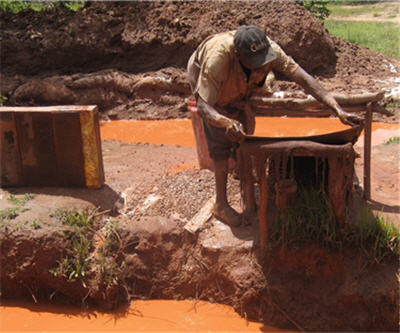
As global temperatures rise, the distribution of mercury worldwide will shift and possibly increase, a new study by the US Geological Survey finds (USGS).
Mercury, especially in the form of methylmercury, is extremely toxic. Both human activity and natural occurrences contribute to its presence. According to the USGS, humans account for the greatest portion, led by small-scale gold mining and coal burning operations.
“Studies like this help us better understand the overall effects of multiple impacts on the environment,” said USGS Acting Director Suzette Kimball in a media release. “We are just beginning to understand many of the consequences of global climate change and how interrelated many environmental issues truly are.”
The study points out several “seemingly unconnected aspects of climate change” that are expected to affect mercury distribution. These include higher temperatures, weaker air circulation patterns and diminished storm frequency but heightened intensity.
Current human emissions of mercury are estimated at 2,000 metric tonnes per year. This figure will likely increase to 3,400 metric tonnes by 2050 if no actions are taken to curb emissions, the researchers say. Under the best-case-scenario – if humans significantly mitigate climate change – this could drop to 800 metric tonnes.
See the USGS report here.
2 Comments
Joecugo
I put mercury on my pancakes
frankinca
Agreed, the toxic mercury availability is mostly related to local non-regulated mines. Global warming is not the cause of increasing mercury concentration but unregulated mining (refining actually)which will increase over time as it is economically feasible. Like you all have said it is a REAL stretch to blame possible global warming effects.as another fear-factor.